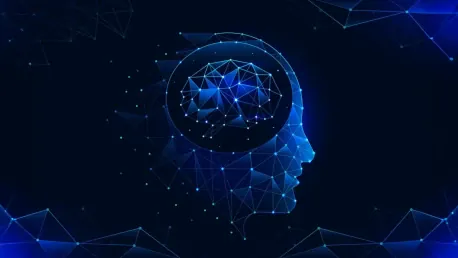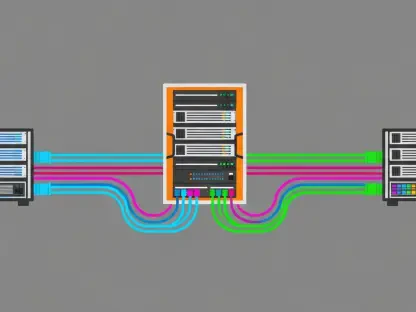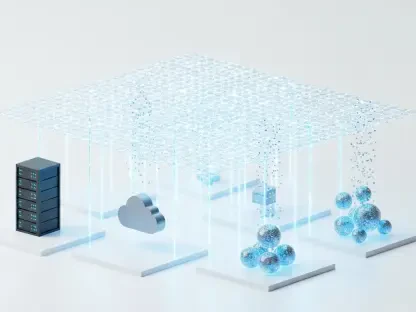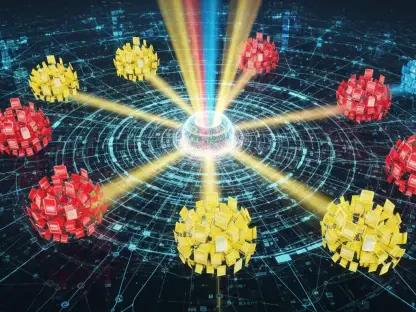Natural language processing (NLP) has undergone significant transformation in recent years, thanks to advancements in neural networks. As machines become increasingly capable of understanding and interacting with human language, the influence of deep learning cannot be overstated. Researchers and developers are at the forefront of reshaping how machines process language, driving forward both theoretical and practical advancements in the field. This article delves into the latest developments in NLP and the implications they hold for the future.
The Rise of Large Language Models
Recent breakthroughs in Large Language Models (LLMs) have redefined the boundaries of conversational language processing, pushing the envelope far beyond what traditional methods could achieve. Traditional NLP techniques often focused on narrow, isolated subfields under controlled experimental settings. In stark contrast, LLMs incorporate a unified framework capable of handling a broad array of tasks, from summarization to language generation. The capacity of these models to leverage multidimensional vectorial representations allows them to embed elements of language within continuous vectors across a network of computational units, optimized with clarity and precision.
A notable example of such a model is the Whisper multimodal speech-to-text framework. This revolutionary model has been instrumental in the study of natural language processing during real-life conversations. Whisper integrates acoustic, speech, and word-level features into its linguistic framework, demonstrating unprecedented accuracy in predicting neural activity during the language processing stages. The model harnesses vast amounts of data, enabling it to build robust connections between linguistic inputs and neural responses, an advancement unimaginable with older methods.
Neural Basis of Language Processing
Deep learning models have empowered researchers with tools of unmatched sophistication to investigate the neural basis of language processing. By recording neural signals and employing techniques such as electrocorticography, scientists can decode the brain’s complex mechanisms in comprehending and producing language during natural conversations. One standout in this area is the Whisper model, which has shown exceptional accuracy in predicting neural responses using its various embeddings.
The findings from these studies illuminate a hierarchical structure within the brain’s language network. Specific regions involved in speech production are more accurately predicted by speech embeddings, while higher-order language areas are closely tied to contextual word embeddings. This insight significantly advances understanding of the brain’s spatial and temporal dynamics during language processing. The hierarchical nature of neural underwriting indicates that language processing in the brain may be far more nuanced and layered than previously understood.
Temporal Precision in Language Processing
Understanding the temporal aspects of language processing represents one of the most critical advancements facilitated by neural network models. Research has revealed that the model’s predictive performance peaks at specific temporal intervals relative to word onset, reflecting the precise timing of the brain’s language mechanisms. This temporal specificity is crucial for distinguishing between the various stages of language processing, including speech production and comprehension.
The capacity of these models to predict neural activity more than 300 milliseconds before and after word onset is particularly noteworthy. This advancement underscores the brain’s capability to coordinate complex interactions between perceptual, articulatory, and higher-order language processes with remarkable precision. Temporal mapping of the brain’s language networks provides an unprecedented window into understanding how different cortical areas synchronize during language utilization. Such temporal insights not only provide a theoretical understanding but are also instrumental in developing applications that rely on precise language timing.
Multimodal Integration in NLP
The incorporation of multiple sensory modalities has substantially enhanced the capabilities of modern NLP models. Advanced models like GPT-4 exemplify this by integrating vision, speech, and text to generate a comprehensive representation of language. This multimodal approach aligns closely with human sensory experiences, significantly improving the models’ performance in real-world applications.
The integration of diverse sensory inputs marks a significant evolution from simpler, text-only models to advanced systems capable of understanding and generating language within contextually rich environments. This development is poised to revolutionize human-computer interactions, making them more intuitive and effective. By mimicking the multimodal nature of human sensory processing, these models can understand complex linguistic cues that span multiple channels of communication. As a result, they promise to offer more nuanced and sophisticated conversational interactions with artificial intelligence systems.
Statistical Learning Paradigms
A transformative shift in NLP has been the move from symbolic models traditionally used to compartmentalize linguistic features to non-symbolic, usage-based statistical learning paradigms. These new models reflect the dynamic and context-dependent nature of real-life language acquisition and processing. The focus on statistical properties allows for a more accurate representation of language as a fluid and adaptive system, rather than a static collection of symbols and rules.
This shift is crucial for enhancing the alignment between computational models and human language use. By emphasizing empirical learning, these models capture the nuances and context-rich aspects of human communication, thereby offering a more realistic and practical understanding of language. The transition towards statistically driven approaches underscores a broader trend in linguistic research, prioritizing data-driven insights over traditional theoretical constructs. Ultimately, this evolution provides a more holistic and adaptive model of language processing, better capturing its inherent complexity.
Collaborations and Future Directions
Natural language processing (NLP) has seen remarkable progress in recent years, largely due to advancements in neural networks. As machine learning evolves, machines are becoming increasingly adept at understanding and engaging with human language. The role of deep learning in this domain is immensely significant. Experts and developers are leading the charge in redefining how machines interpret language, pushing both theoretical boundaries and practical applications forward.
This article explores the most recent breakthroughs in NLP. It examines the evolving techniques and technologies that make current achievements possible, like transformer models and attention mechanisms. We also look at the far-reaching consequences these advancements have for various industries, from customer service automation to sophisticated language translation tools. As NLP continues to evolve at a rapid pace, it offers innovative solutions and transformative potential for the future, reshaping the way humans and machines communicate.









